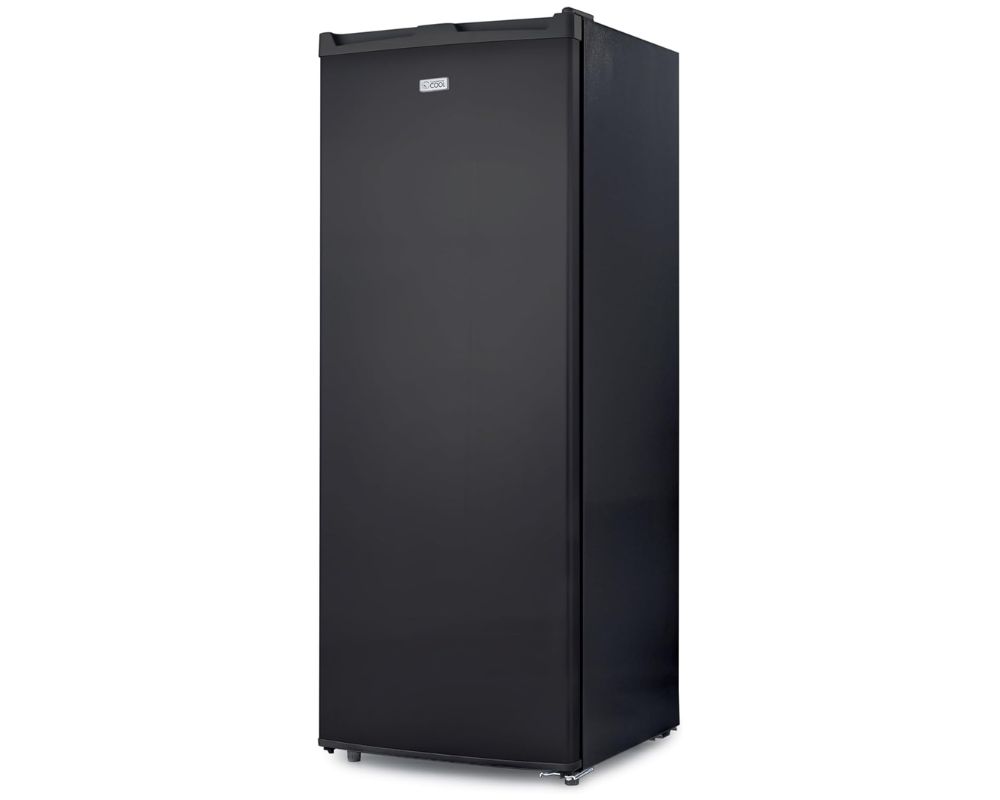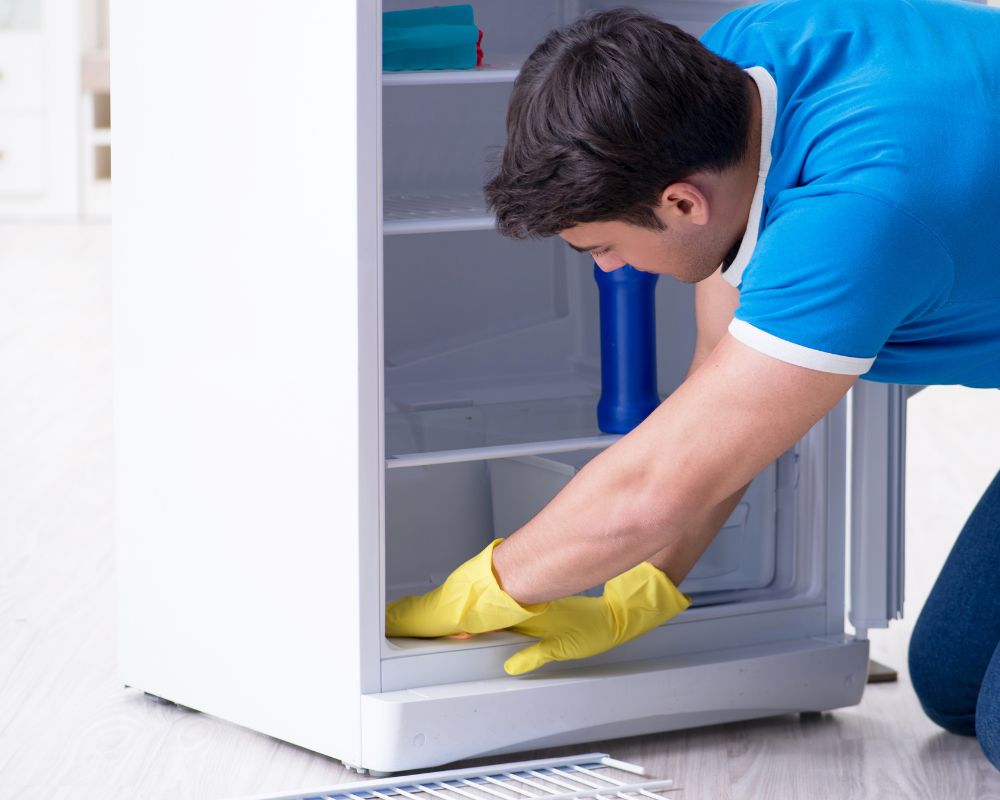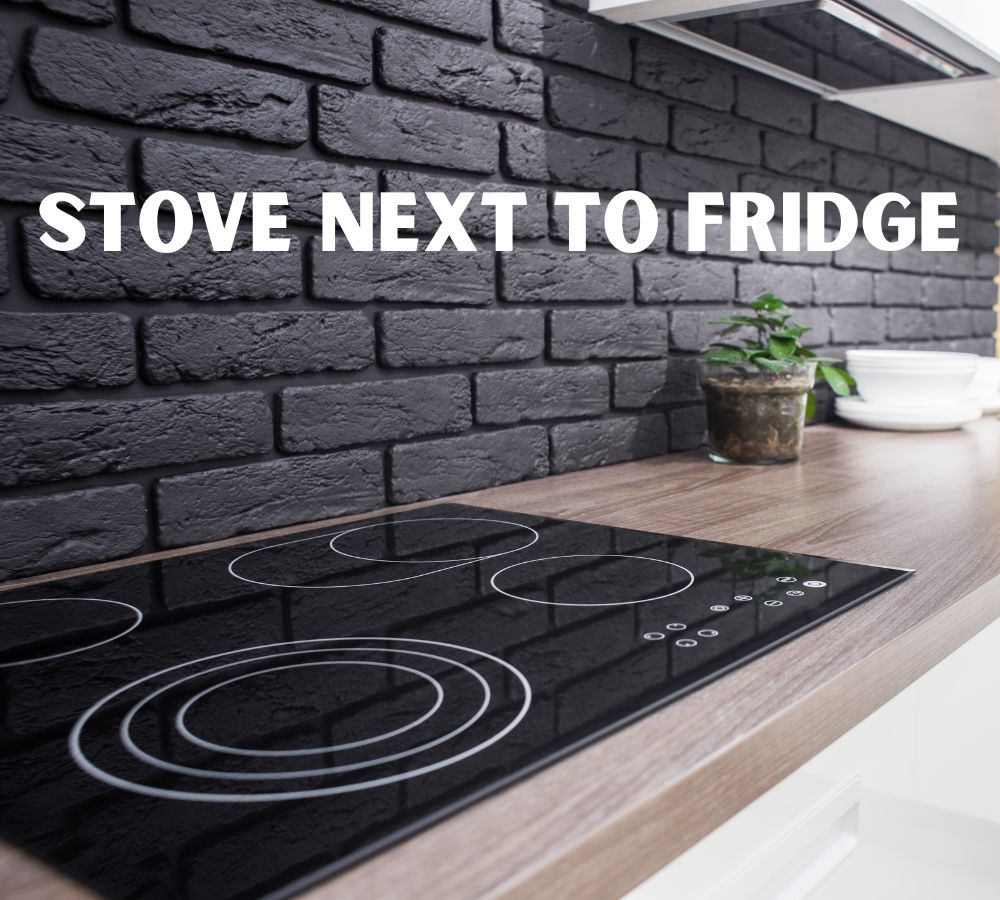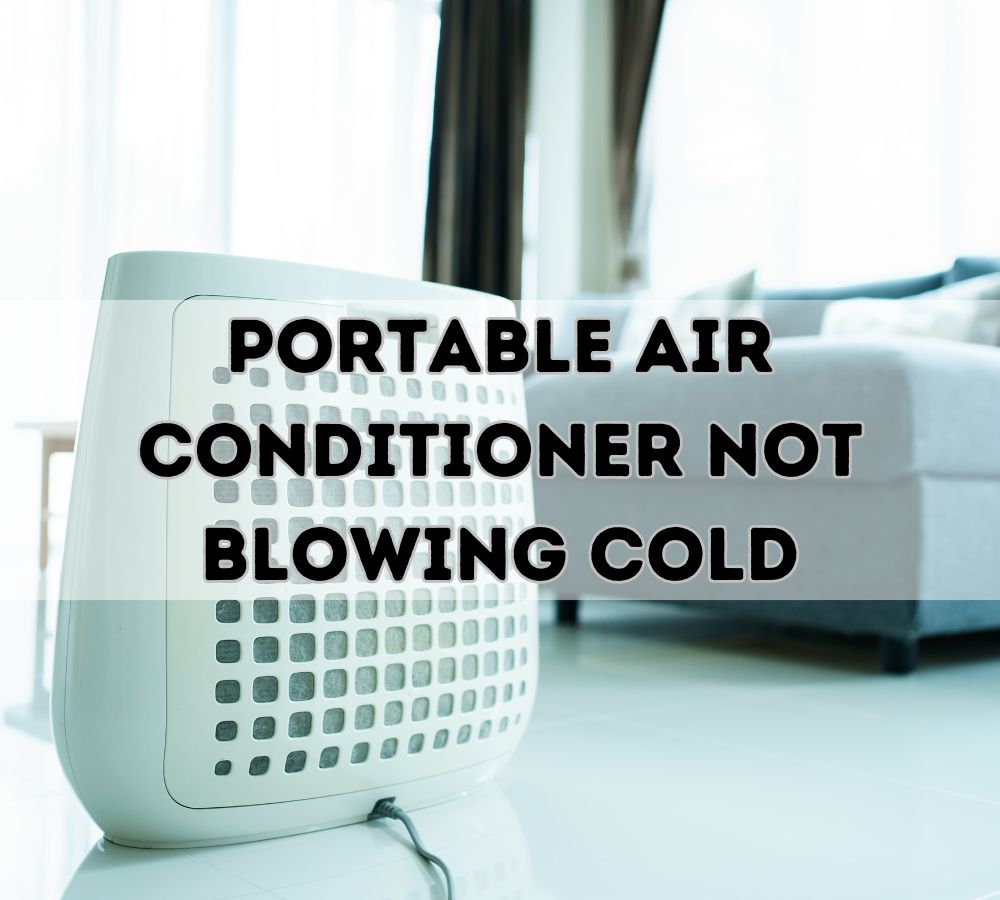Commercial Fridge Not Cooling? Most Common Problems

Commercial fridge not cooling. Albert Einstein once said, “In the middle of difficulty lies opportunity.” If you’re dealing with a commercial fridge that’s not cooling, it can be challenging. However, it also teaches you how to troubleshoot and prevent temperature issues. A malfunctioning fridge can seriously affect your business, from spoiled inventory to potential health risks.
This article will investigate the common causes of commercial fridge temperature issues and provide maintenance tips to prevent future problems. You’ll understand why your commercial fridge isn’t cooling and learn when to call in professional help for commercial kitchen refrigeration repair. Let’s dive in and discover how to keep your commercial refrigerator working at its best!
Table of Contents
Understanding Why Your Commercial Fridge Isn’t Cooling

When your commercial fridge isn’t cooling, it’s essential to understand the underlying reasons. In many cases, temperature problems can be traced back to specific components or issues within the refrigeration system.
Common causes for a commercial fridge not cooling include:
- Dirty condenser coils: Over time, dust, grease, and debris can accumulate on the coils, reducing efficiency and hindering the cooling process. Regular cleaning and maintenance can prevent this issue and ensure optimal cooling performance.
- Misaligned ventilation: Disrupted airflow within the fridge can lead to uneven cooling or temperature fluctuations. Checking for obstructions and ensuring proper ventilation can help maintain consistent cooling throughout the unit.
- Failed compressor: The compressor is responsible for circulating the refrigerant and maintaining the desired temperature. Mechanical failures or electrical problems can cause the compressor to malfunction, resulting in a commercial fridge not cooling properly. This is a more serious issue that often requires professional intervention.
| Issue | Cause |
|---|---|
| Dirty condenser coils | Accumulation of dust, grease, and debris on the coils |
| Misaligned ventilation | Disrupted airflow within the fridge |
| Failed compressor | Mechanical failures or electrical problems |
Common Causes for Commercial Fridge Temperature Issues
Your commercial fridge not cooling properly can be attributed to several common causes. Understanding these factors can help you identify the problem and take appropriate action to resolve it. The three main culprits behind temperature issues are:
- Dirty condenser coils: Over time, dust, grease, and debris can accumulate on the condenser coils, restricting airflow and hindering the cooling process. Regular cleaning and maintenance of the coils are essential to ensure optimal cooling performance.
- Misaligned ventilation: When the ventilation system is misaligned, it disrupts the airflow within the fridge. This can result in uneven cooling or temperature fluctuations throughout the unit. To prevent this issue, regularly check for obstructions and ensure proper ventilation.
- Failed compressor: A failed compressor is a more serious issue requiring professional intervention. The compressor is responsible for circulating the refrigerant and maintaining the desired temperature. Mechanical failures or electrical problems can cause the compressor to malfunction, resulting in inadequate cooling. If you suspect a failed compressor, it’s best to seek professional help for repair.
Maintenance Tips to Prevent Future Commercial Appliance Refrigeration Problems
Regular cleaning and inspection are vital for the optimal performance and longevity of your commercial fridge. Following these maintenance tips can prevent future refrigeration problems and avoid costly repairs or replacements.
- Regular cleaning and inspection: Establish a cleaning and maintenance schedule to keep your commercial fridge in top condition. This includes cleaning the condenser coils, checking for leaks, and inspecting the interior and exterior for any signs of wear or damage. Regularly removing dust, debris, and buildup will prevent airflow restrictions and maintain efficient cooling.
- Proper air circulation: Adequate airflow is essential for consistent cooling throughout your commercial fridge. Ensure that no obstructions are blocking the vents or airflow paths. Avoid overpacking the fridge, as overcrowding can hinder proper air circulation and lead to temperature fluctuations. Organize the shelves and leave enough space between items for optimal airflow.
- Avoid overloading: Overloading the fridge with excessive items can strain the refrigeration system and lead to inadequate cooling. Practice good inventory management and stay within the recommended capacity. By avoiding overloading, you can ensure that the fridge operates efficiently and maintains consistent temperatures.
Commercial Fridge Not Cooling: How to Check the Door Seals
- Inspect the door seals for any signs of damage, wear, or gaps that could allow cold air to escape.
- If you notice worn-out or damaged door seals, replace them to ensure an airtight seal and optimize cooling efficiency.
- Regularly maintain and inspect door seals to prevent cooling problems and preserve energy efficiency in walk-in coolers and restaurant refrigerators.
Faulty door seals can contribute to a commercial fridge not cooling properly. Checking the seals for signs of damage, wear, or gaps is crucial. Damaged seals can allow cold air to escape, leading to temperature inconsistencies and inefficient cooling.
If you notice any worn-out or damaged door seals, it’s essential to replace them promptly. This replacement ensures an airtight seal and restores optimal cooling performance to your commercial fridge.
In particular, walk-in coolers and restaurant refrigerators are prone to door seal issues due to frequent use and heavy traffic. Regular maintenance and inspection of door seals are recommended to prevent cooling problems and maintain energy efficiency.
By incorporating this simple step into your routine restaurant refrigerator maintenance, you can extend the lifespan of your fridge and avoid costly repairs in the future.
Door Seal Inspection Checklist
| Inspection Steps | Actions to Take |
|---|---|
| Check for visible signs of damage, such as cracks or tears. | If damage is found, replace the door seal. |
| Test the seal’s flexibility by pressing on it gently. | If the seal is stiff or rigid, replace it with a new one. |
| Inspect the entire perimeter of the seal for gaps or looseness. | If gaps or looseness are detected, adjust or replace the seal accordingly. |
Professional Help vs. DIY: When to Call in Experts for Commercial Kitchen Refrigeration Repair

Sometimes, commercial fridge temperature issues can be complex and require professional assistance. While trying to troubleshoot and fix the problem yourself may seem tempting, there are instances when calling in the experts is the best choice. Knowing when to seek professional help can save you time, money, and potential headaches.
If you have persistent cooling problems despite your DIY troubleshooting efforts, it’s a clear sign that professional intervention is necessary. Commercial fridges have intricate systems, and pinpointing and resolving the underlying issue can be easier with the proper knowledge and tools. Ignoring the problem or attempting to fix it without the necessary expertise could worsen the situation.
Abnormal noises or vibrations from your commercial fridge can also indicate the need for professional repair. These signs may suggest mechanical or electrical problems that require specialized knowledge to diagnose and fix. Using a malfunctioning fridge can further damage and impact your business’s operations.
Visible leaks are another red flag that calling in the experts is time. Leaking refrigerant or water can indicate a significant underlying issue that needs professional attention. Not only can this compromise the cooling efficiency of your unit, but it can also pose health and safety risks.
Finding an exemplary refrigeration repair service is essential when seeking professional help for commercial kitchen refrigeration repair. Look for experienced technicians who have a track record in repairing commercial appliances. Check customer reviews and testimonials to ensure their reliability and quality of service. Furthermore, certifications and affiliations with reputable organizations can provide additional reassurance of their expertise.
How to Efficiently Clean Your Commercial-Grade Fridge’s Components
Regular cleaning of your commercial-grade fridge’s components is vital for maintaining its performance and preventing temperature issues. Properly cleaning and disinfecting the interior, shelves, and removable parts ensures optimal cooling efficiency and promotes food safety.
To clean your commercial-grade fridge effectively:
- Use mild detergents and non-abrasive cloths or sponges to avoid damaging the surfaces.
- Pay extra attention to hard-to-reach areas, such as corners and crevices, where potential buildup may occur and affect cooling efficiency.
- Disinfect all surfaces to eliminate bacteria and promote food safety.
Regular cleaning and maintenance of your commercial-grade fridge’s components will help maximize its lifespan and ensure consistent cooling performance. Following these steps can prevent temperature issues and keep your fridge running smoothly.
Essential Tools for Basic Commercial Fridge Repairs
When it comes to basic troubleshooting and minor repairs for your commercial fridge, having the right tools on hand can make all the difference. While certain repairs are best left to professionals, there are simple steps you can take to resolve common issues on your own.
A multimeter is an essential tool for any commercial fridge owner. This device allows you to test the electrical components of your fridge, helping you pinpoint any malfunctions and identify potential areas for repair. With a multimeter, you can measure voltage, current, and resistance, providing valuable insights into the health of your fridge’s electrical system.
Another useful tool to have is a flashlight. With a bright light, you can quickly inspect hard-to-see areas of your fridge, such as the back or underneath. This can help you identify any blockages or obstructions that may be affecting the cooling performance of your unit. You can take the necessary steps to rectify the issue by shining a light on it.
Screwdrivers or wrenches are also essential tools for basic commercial fridge repairs. These tools allow you to remove panels, access internal parts, and tighten loose screws. Whether you need to replace a faulty component or adjust a misaligned part, having the correct screwdriver or wrench can make the job much easier. With the ability to disassemble and reassemble your fridge, you’ll be able to address minor issues and ensure optimal functioning.


